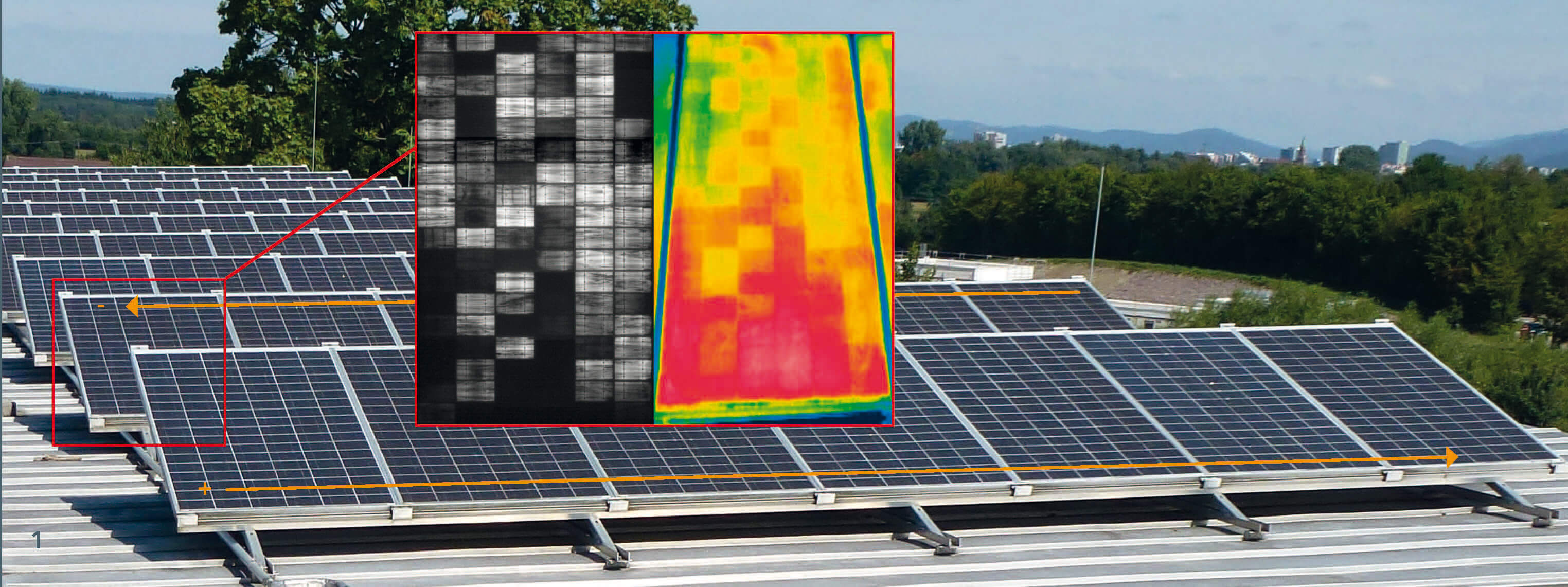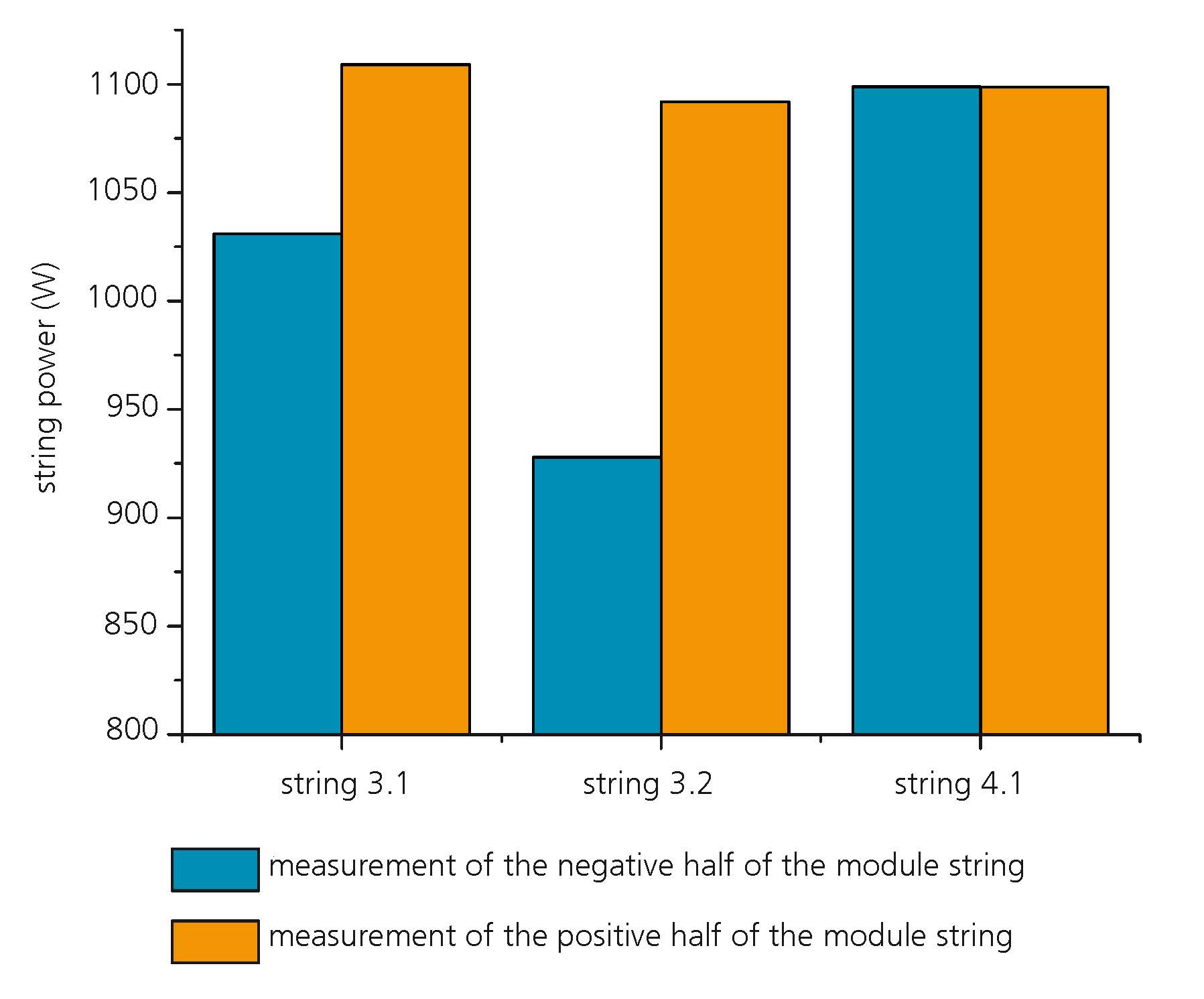| Duration: | June 2013 - June 2014 |
Evaluation PID – Modules and Power Plants
PID – Theory and Practice


Potential-induced degradation (PID) can be understood as a designation for aging effects which arise due to the potential difference between cells and earth. In the past, a form of PID which can lead to a decrease in power has been observed for crystalline PV modules, without the module having externally visible damage. In everyday speech, this effect is often also called PID. At Fraunhofer ISE, the causes and driving factors for the occurrence of this effect are being investigated, together with its influence on the yield of PV generators.
Due to the voltage between cells and earth (frame / front glass cover), positive ions can migrate into the solar cell, for example, reducing the output power. At present, we are investigating different generation mechanisms and models for this phenomenon.
Since 2011, we have measured the influence of environmental factors such as climate and soiling on the PID effect at outdoor test sites on Gran Canaria and in Freiburg. In addition to investigations at the cell and module level, the system level has also been studied since last year. The aim is to determine the actual effect of PID on the yield of power plants in which PID-sensitive modules are installed.
The extent of the PID effect is determined by power measurements and thermography on site, taking specific factors for the location and the climate into account. Further tests are made in the laboratory on modules that show pronounced degradation.
Fig. 2 shows the power values for measured half-strings of an investigated PV plant. It is evident that the half-strings toward the negative pole of 3.1 and 3.2 generate significantly less power. The PID sensitivity of the modules was confirmed in the laboratory. String 4.1 does not show this behaviour.
We are also investigating the reversibility of the PID effect. For example, a PID test based on the current draft standard IEC 62804 was carried out on modules after they had completely recovered from PID-induced effects. By comparison of the real and artificially induced damage, the results of the PID test in the laboratory can be qualitatively classified.